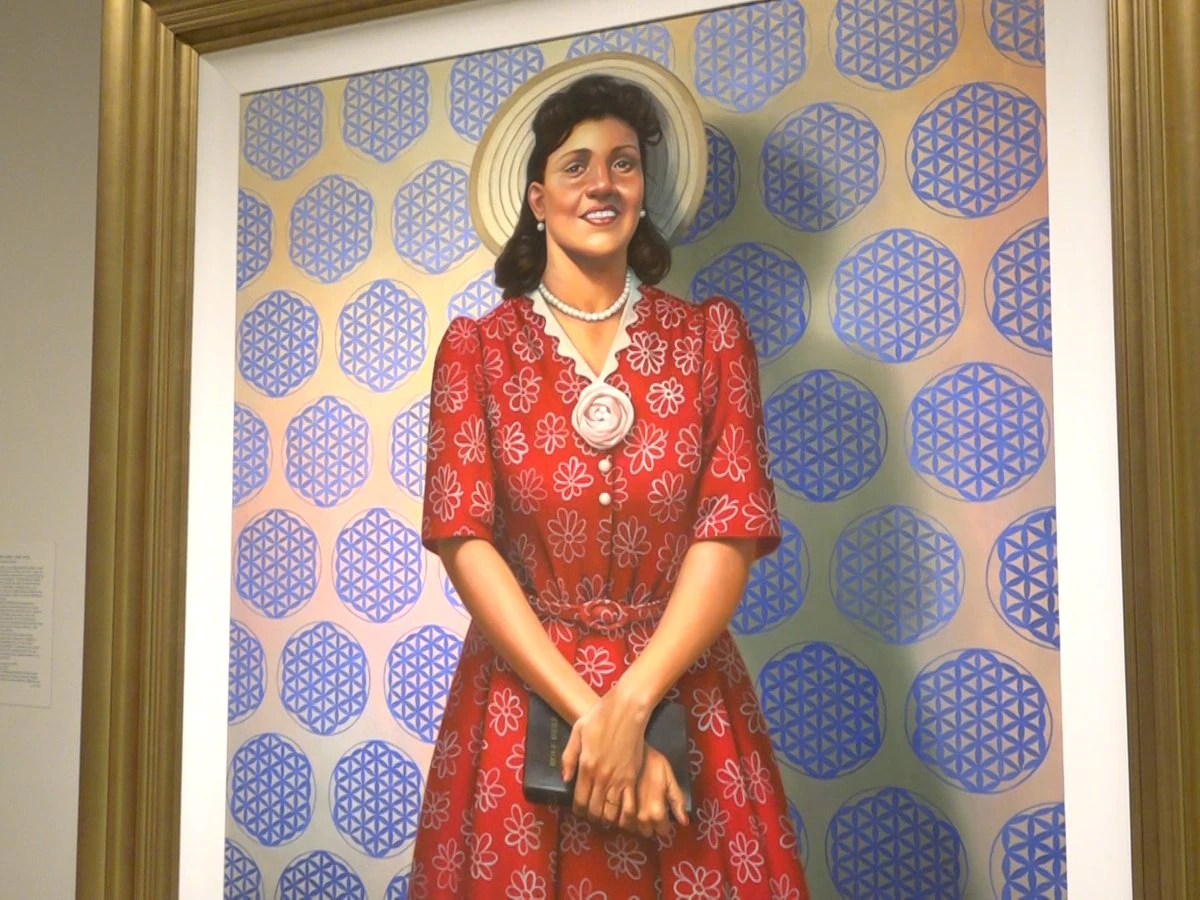Painting Credit (via Smithsonian): Nadir Nelson’s portrait captures the grace and kindness of Henrietta Lacks while nodding to her enduring biomedical legacy. (NPG and NMAAHC, Gift from Kadir Nelson and the JKBN Group LLC)
Henrietta Lacks, known for her “immortal” cells (HeLa), has now been immortalized in portraiture. In 1951, Lacks, who had been dying of cancer, had her cells immorally harvested without her knowledge or consent. Her cells have been a crucial part of advancing scientific research, and have been replicated for over 67 years in labs. Lacks’ cells have been used to develop the AIDS cocktail and polio vaccine, as well as for hemophilia, herpes, influenza, and leukemia treatments in modern medicine.
Her story became one of the strongest landmark cases for informed consent, and to this day, the family of Henrietta Lacks has yet to benefit from the many patents and billions generated from the use of her cells. Just recently, HBO, who actually commissioned the artwork, aired a movie based on the award-winning non-fiction literature The Immortal Life of Henrietta Lacks by Rebecca Skloot. The art is co-owned by the Smithsonian National Portrait Gallery and the National Museum of African American History and Culture.
At the portrait’s unveiling in Washington, D.C., 3 of Lacks’ grandchildren (Kimberly Lacks, Jeri Lacks-Whye and Alfred Carter Lacks) were present. They had never knew their grandmother, as she died before they were born, but her legacy lives on.
“This is amazing! Soon as you walk through the doors, there she is!” – Kimberly Lacks
Kimberly Lacks, Jeri Lacks-Whye, and Alfred Carter Lacks saw this portrait for the first time at its unveiling. They never knew their grandmother, as she died before they were born.
“Just like they said she was in life. Happy, outgoing, giving…and she’s still giving.” – Jeri Lacks
According to Bill Pretzer, a senior curator at the National Museum of African American History and Culture, Lacks’ immortal cell line is represented in the painting via her red dress pattern, which resembles the cellular structure upon closer look. You may also notice a couple of missing buttons on her dress that were intentionally left off to symbolize her non-consent as cells were removed from her body.
Also in the painting, Lacks is clutching a Bible and holding it over her uterus the area of the body where her cells were taken. Pretzer mentioned that the pearls illustrated in the painting symbolized the statement from the doctor who cut her open noting that the tumors resembled pearls.
Lacks has also been the recipient of a posthumous doctorate in public service from a college in Maryland. There is also a high school that is named after her. Another portrait of Lacks can be found at Baltimore’s City Hall.









